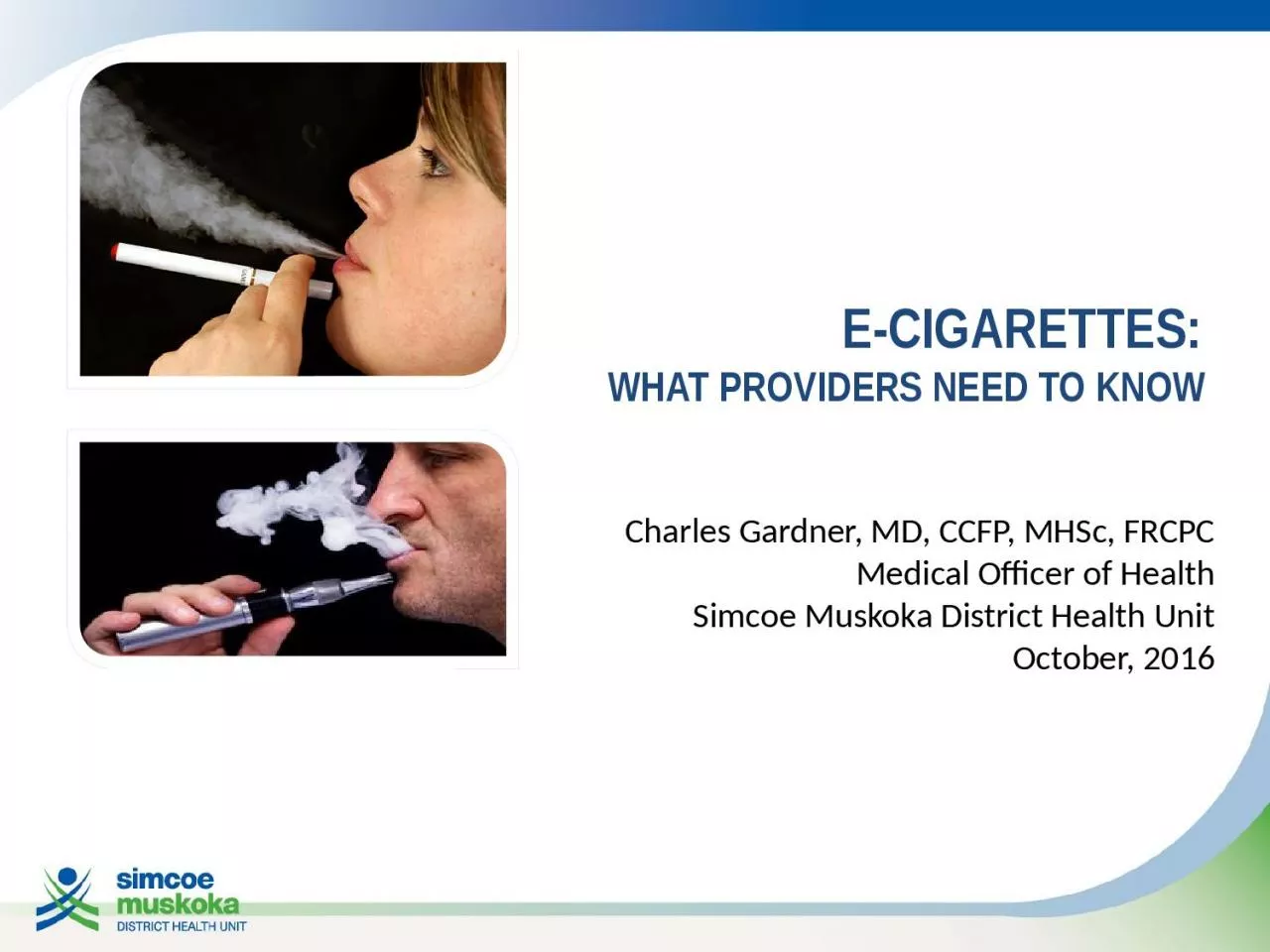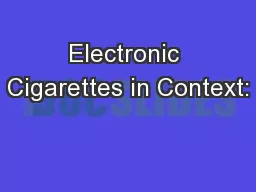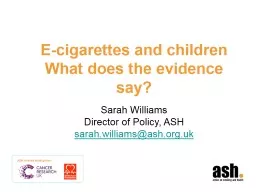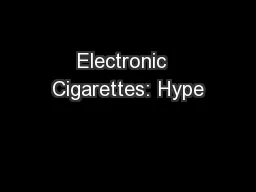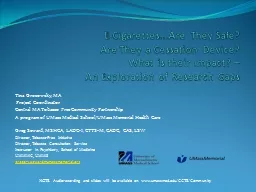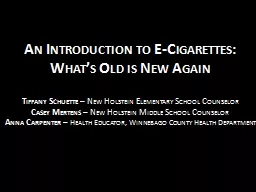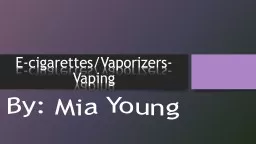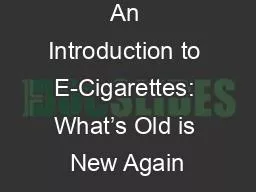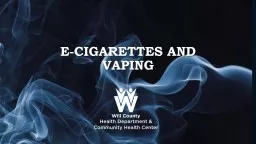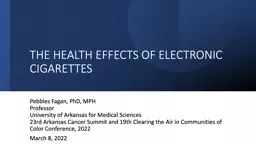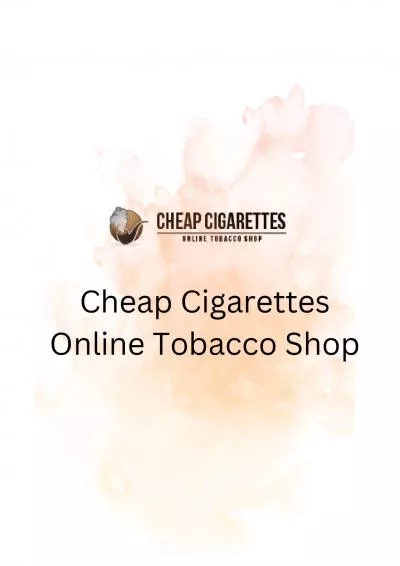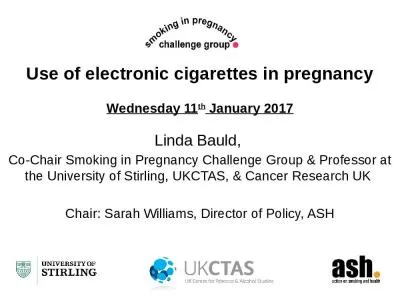PPT-E-cigarettes: What Providers Need To Know
Author : roberts | Published Date : 2024-02-02
Charles Gardner MD CCFP MHSc FRCPC Medical Officer of Health Simcoe Muskoka District Health Unit October 2016 Relationships with Commercial Interests GrantsResearch
Presentation Embed Code
Download Presentation
Download Presentation The PPT/PDF document "E-cigarettes: What Providers Need To K..." is the property of its rightful owner. Permission is granted to download and print the materials on this website for personal, non-commercial use only, and to display it on your personal computer provided you do not modify the materials and that you retain all copyright notices contained in the materials. By downloading content from our website, you accept the terms of this agreement.
E-cigarettes: What Providers Need To Know: Transcript
Download Rules Of Document
"E-cigarettes: What Providers Need To Know"The content belongs to its owner. You may download and print it for personal use, without modification, and keep all copyright notices. By downloading, you agree to these terms.
Related Documents

